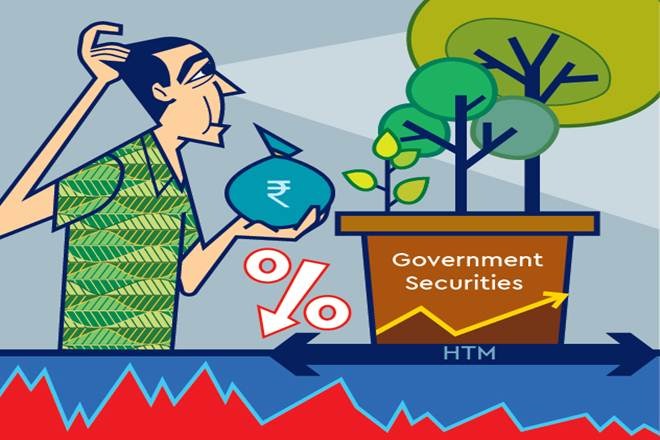If you buy G-Secs or AAA oriented portfolios (Bharat Bond ETF / high-credit-rated Banking & PSU Funds) and hold till maturity, both credit risk and volatility risk will be taken care of.
Interest rates are coming down, and there is lack of confidence in certain corporate bonds held in mutual fund portfolios due to the spate of negative news. The solution here could be investment in government securities (G-Secs) or high credit quality debt. However, G-Secs can be volatile; bond prices move inverse to interest rates, i.e., if and when interest rates move up, you will be impacted adversely. Some investors are choosing to invest in G-Secs or AAA rated bonds in a manner that makes it a winning proposition.
The concept
Their way of handling the volatility issue is holding good quality bonds till maturity. If you buy a security and hold it till maturity (HTM), then potential volatility comes down progressively. There is a concept of modified duration of a bond or a bond fund, which is known as the multiplier. When interest rates move up or down, the impact on price and hence your returns are gauged by this multiplier. Lower the maturity of the bond or the bond fund, lower is the modified duration and vice versa. Some family offices and wealth management providers are opting for this solution: buy G-Secs / high credit quality bonds and do a HTM. However, the market for G-Secs and corporate bonds is mostly wholesale, i.e., trades take place in large lot sizes.So what can retail investors do?
Bharat Bond ETF
The portfolio of Bharat Bond ETF behaves like an FMP, i.e., the remaining maturity comes down gradually. Comprising AAA rated PSUs, credit risk is minimal. There are two existing ETFs available in the market, maturing in 2023 and 2030. Two new series would be issued in July, maturing in 2025 and 2031. Investors of any profile can avail of it. Tax efficiency, in the form of indexation for a holding period of more than three years is available in debt mutual funds, not in direct holding of bonds.
Nippon India Nivesh Lakshya Fund
If you want an even longer maturity product for a longer investment horizon, this fund is appropriate. The portfolio
maturity, the indicative period for which you have to hold it to benefit from the strategy of maturity roll-down, is around 25 years. Portfolio comprises G-Secs only, i.e., the best credit available. There would be some volatility as of now, which would also be there to an extent in Bharat Bond ETFs of relatively longer maturities. There also indexation benefit is available and this being anopen-ended mutual fund, entry and exit is easy.
Shorter maturity funds
For investors looking at relatively shorter maturity funds for shorter investment horizons, there are products available in this bracket. Axis Banking PSU Fund, IDFC Banking PSU Fund and L&T Banking PSU Fund answer this description. To be noted, not all banking and PSU Funds fall under this description, but those where the AMC is following the maturity roll-down strategy. The portfolio maturities of these funds are less than three years.
Conclusion
The RBI is supportive of growth in today’s challenging environment, which means they would keep interest rates low in the foreseeable future. In this backdrop, you can lock in the long-term interest rates available today and do an HTM. In that case, movement in interest rates in the market in future is not practically relevant as you are not selling at those levels.
As long as you are buying G-Secs (Nippon Nivesh Lakshya) or AAA oriented portfolios (Bharat Bond ETF / high-credit-rated
Banking PSU Funds), credit risk is taken care of. You are taking care of both volatility risk (price movement) and credit risk (defaults). The strategy adopted by certain family offices and wealth management providers can be followed by other investors as well.
Source: https://www.financialexpress.com/money/fixed-income-buying-bonds-just-hold-till-maturity/1992471/


